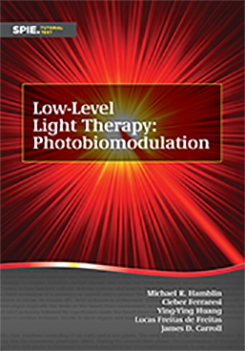|
6.1 Dose Dependence and Dose Rate Effects: The Biphasic Curve A biphasic response has been demonstrated many times in LLLT research, and the Arndt-Schulz law is frequently quoted as a suitable model to describe the dose-dependent effects of LLLT. The concept of the law dates from the end of the nineteenth century, when H. Schulz published a series of papers that examined the activity of various kinds of poisons (iodine, bromine, mercuric chloride, arsenious acid, etc.) on yeast, showing that almost all of these agents have a slightly stimulatory effect on the yeast metabolism in low doses. He and psychiatrist R. Arndt developed a principle that later became known as the Arndt-Schulz law, stating that weak stimuli slightly accelerate vital activity, stronger stimuli raise it further until a peak is reached, and even stronger stimuli suppress it until a negative response is finally achieved. In 1960, Townsend and Luckey surveyed the field of classic medical pharmacology and published a list of 100 substances capable of causing inhibition at high concentrations and stimulation at low concentrations, and they termed the phenomenon “hormoligosis.” The modern term “hormesis” was first used by Stebbing in 1982 and has been thoroughly reviewed by Calabrese. In the context of LLLT, the increasing “stimulus” may be irradiation time or increased irradiance. This nonlinear effect contradicts the Bunsen-Roscoe rule of reciprocity (originally formulated for the visual detection of light by photoreceptors), which predicts that if the products of the exposure time in seconds and irradiance in mW/cm2 are equal, i.e., the energy density is the same, then the changes in the biological endpoint will be equal. This inverse linear relationship between irradiance and time has frequently failed in LLLT research. |
|
|


